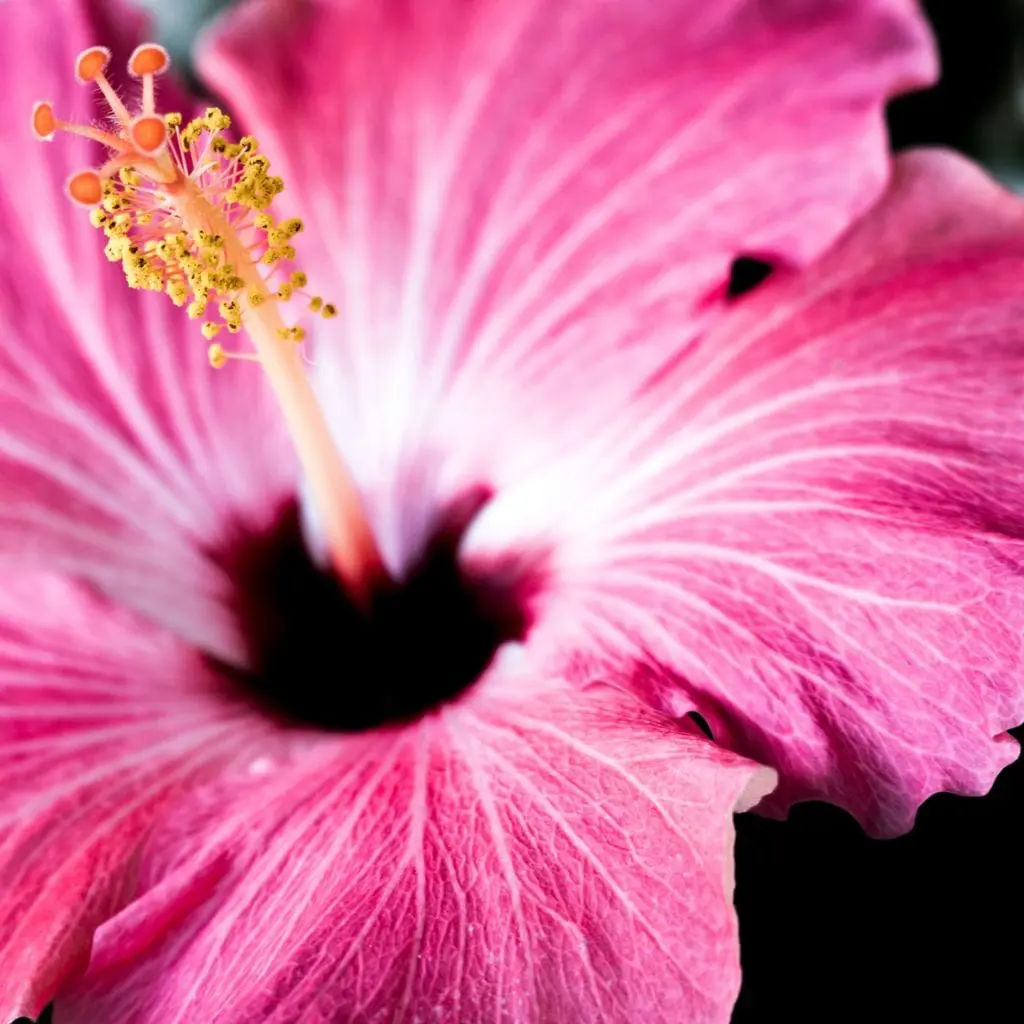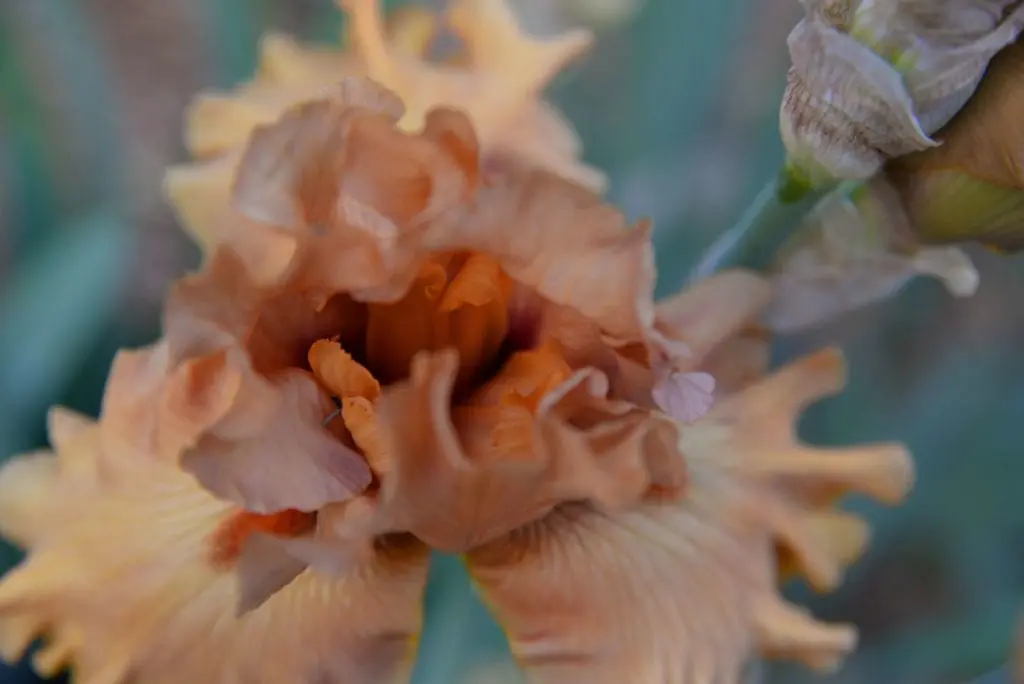Spring is a great time to get out in the yard and plant a colorful garden that brings you joy and adds value to your new home. Beautiful blooms and vibrant plants make spending time in your backyard a joy, give you the perfect place for an after work cocktail, and makes it a lovely space to relax.
NewHomeSource has selected some of the best flowers for your garden, so you can enjoy vibrant color every time you go outside. Head on over to your local nursery and load up your cart with flowers in your favorite colors.
We’ve included information about these plants’ preferred climate zones, how much light they need, and what soil they grow best in, so you can enjoy a beautiful and healthy garden.
Here’s what we recommend planting this spring:
Daffodil

Grows Best: Pretty much everywhere in the Continental United States from Plant Hardiness Zones 3 – 9 as long as you don’t live in South Florida, you can enjoy cheery daffodils in your garden
Light Requirements: Full sun to partial shade
Soil Requirements: Likes moist soil and won’t bloom in dry conditions
Nothing says spring quite like cheery pops of yellow peeking out of the flowerbed. This classic flower looks fabulous with hues ranging from light lemon to deep golden, making it a great plant to mix into any style of garden. Daffodils are low-maintenance, early blooming bulbs that will make you happy every time you see them.
Coleus
Grows Best: Coleus grow best in Plant Hardiness Zone 11, but can be grown as an annual or houseplant almost anywhere
Light Requirement: Partial Shade
Soil Requirements: Keep soil moist
Coleus brings color to the garden with its big, bright leaves. This show stopping plant adds pops of bright green, vibrant pink, and deep maroon to shady spots, making it perfect for the bare patch under trees, or flower beds under eaves. Coleus grows to be about two feet tall and like to spread, so be sure to give it plenty of room in yard.
Hibiscus

Grows Best: Tropical hibiscus can only grow in the warm southern regions in Plant Hardiness Zones 9 – 11, but can be grown as a houseplant almost anywhere
Light Requirements: As much light as possible
Soil Requirements: Needs to be watered often, but soil must drain well
If you live in a warm climate, like large potted plants, and you want to create a tropical paradise in your backyard, you need hibiscus in your life. Planting vibrant, colorful hibiscus in your backyard will make you feel like you’re on vacation. If you really want to feel like your backyard is a tropical resort, plant your hibiscus in colorful pots and accessorize the space with a hammock.
Snapdragons
Grows Best: Snapdragons add spring and summer color to gardens all over the country, in southern regions and along the West Coast, Plant Hardiness Zones 8 – 11, snapdragons can survive as perennials
Light Requirements: Full sun to partial shade
Soil Requirements: Likes well-draining, moist soil
Snapdragons are a dream flower. These easy to grow annuals come in just about every color you can imagine, spread like crazy, and grow back in warm climates. Plant your favorite color of snapdragon all over your garden to add in bright colors, or along a path for a touch of whimsy. If you like fresh flower bouquets, snapdragons look fabulous as cut flowers, too.
Ornamental Cabbage

Grows Best: Ornamental cabbage grows everywhere in the United States except for Northern Alaska in Plant Hardiness Zones 2 – 11
Light Requirements: Full sun t part shade
Soil Requirements: Likes loamy soil
If you have a more traditional garden, ornamental cabbage can pull in some color without going overboard. Low growing ornamental cabbage is a great choice for borders and paths, and can work really well as a colorful filler. Don’t use ornamental cabbage for cooking, though. It isn’t toxic, but does taste very bitter.
Daylilly

Grows Best: Daylilies grow in the same spaces as daffodils, Plant Hardiness Zones 3 – 9
Light Requirements: Full sun
Soil Requirements: Likes well-draining, moist soil
Add a colorful flair to your garden with re-blooming daylilies. Hardy daylilies grow almost everywhere in the United States, and come in almost every color conceivable. You can pick up your favorite color of daylily almost any nursery, or order online. Even when they aren’t in bloom, daylilies’ attractive leaves make it a nice looking alternative to ground cover.
Dogwood Tree

Grows Best: Dogwood trees can flourish almost everywhere except for New England and northern states in Plant Hardiness Zones 5 – 9
Light Requirements: Prefers partial shade, but can handle more light when watered well
Soil Requirements: Likes loamy, well-drained soil
Dogwood trees are hardy, attractive, and fast growing addition to your yard. Prepare to be wowed every spring when your dogwood tree burst into bloom, when the entire tree gets completely covered in pink or white flowers. Like daylilies, the dogwood has good looking leaves, so you can still enjoy beautiful green space after its flowering period ends.
Hyacinth

Grows Best: Hyacinths grow almost everywhere daffodils and daylilies grow in Plant Hardiness Zones 4 – 9, although they prefer slightly warmer conditions than the other two bulb types
Light Requirements: Full sun
Soil Requirements: Likes loamy soil
Hyacinths bring color and fragrance into the garden. The tall, clustered blooms of the hyacinth have an iconic, but still unique, shape. Plant hyacinths along pathways to create a heavenly smelling walkway, or plant them as a striking background to flowerbeds with lower slung plants.
Poppy

Grows Best: Plant poppies wherever you plant daffodils and daylilies, in Plant Hardiness Zones 3 – 9
Light Requirements: Full sun
Soil Requirements: Super hardy, will grow in poor soil, as long as it isn’t soggy
Poppies grow everywhere, even if they get planted in poor soil. Drought-loving poppies are a great option for gardeners who live in dry climates, or just want enjoy their yard instead of constantly watering it. Punch pops of red, bright white, warm salmon, and even dark purple can help your garden come alive. Poppies are annuals, but they do reseed at the end of the growing season.
Iris

Grows Best: Iris grow best in the same Plant Hardiness Zones as Hyacinths, 4 – 9, basically everywhere except Akaka, northern states, and South Florida
Light Requirements: Full sun
Soil Requirements: Likes well-drained soil
The iconic blue iris isn’t the only color option for this low-maintenance flower. With blooms ranging across the rainbow, including even velvety black, you can find the perfect iris for your garden style. However, Iris can take over a flowerbed, so keep an eye on them, and propagate the iris before they overrun other plants.
Dahlia

Grows Best: Dahlia like very warm climates like the West Coast, and parts of the South, in Plant Hardiness Zones 8 – 11. They are very sensitive to frost; if you live in a colder area, dig up the bulbs in the fall or grow them in pots.
Light Requirements: Full sun
Soil Requirements: Likes slightly acidic, well-fertilized soil
Dahlia’s bright colors and fun shapes make it an eternal classic in the garden. Dahlia bloom in the summer and early fall, so you can enjoy vibrant color in your yard far past spring. Dahlia lovers need to watch for frost, as their rhizomes die in the cold. If you live in colder climates, dig up dahlia in the fall, or plant them in containers and bring them indoors.
Begonia
Grows Best: Begonia can be grown as houseplants anywhere, and can be trained to bloom in winter. Like dahlia, they can survive being planted outdoors in Plant Hardiness Zones 8 – 11.
Light Requirements: Partial shade, with some morning sun
Soil Requirements: Likes slightly moist soil, cannot survive in soggy soil
If you live in warm climate, planting begonias bring color to shady spaces. They’re a hardy flower for hard to cultivate areas like carports. For colder climates, bring begonias indoors, as they cannot tolerate frost. If you love bright, warm colors begonias can liven up your garden, or your indoor spaces.
Gladiolus

Grows Best: Gladiolus grow best in southern states and along the West Coast in Plant Hardiness Zones 7 – 9, some frost tolerant varieties can handle the Midwest in zones 5 – 6
Light Requirements: Full sun
Soil Requirements: Likes well-drained soil
Turn your summer garden into a living rainbow with gladiolus. These tall flowers add spikes of color, perfect for the back of the flowerbed. You can opt for a polished look in your garden by planting a lot of gladiolus of the same color, or go for a jungalow look and plant as many colors as you can get your hands on.
Peony

Grows Best: Peony prefer cooler climates in the Midwest in Plant Hardiness Zones 3 – 8
Light Requirements: Full sun
Soil Requirements: Likes loamy, well-fertilized soil
Peony are a fragrant flowering shrub that look fantastic in traditionally styled gardens. These charming flowers bloom profusely in late spring and early summer, giving you beautiful views as you relax in the backyard as the weather gets warmer.
Rose

Grows Best: Roses prefer warmer climates in southern states and along the West Coast in Plant Hardiness Zones 7 – 10
Light Requirements: Full sun, but needs shelter from hot afternoon sun
Soil Requirements: Likes loamy, well fertilized soil
Roses come in almost every color of the rainbow, so you can easily find a breed in your favorite color. Climbing roses look beautiful hanging over trellises and play spaces, and create a dreamy atmosphere. Shrub roses give your garden a more traditional feel, while still giving you a beautiful and low maintenance plant.
Bougainvillea

Grows Best: Bougainvillea are tropical plants that grow best in California, Texas, and Florida, in Plant Hardiness Zones 9 – 11
Light Requirements: Full sun
Soil Requirements: Likes well-drained, dry soil
Bougainvillea are a versatile shrub that flourish in dry conditions. These drought-resistant plants can grow as a small tree, and be trained to grow more like a vine over walls and up walls. If you love warm colors and want to spend less time watering your plants, plant bougainvillea in your garden right now!
Lantana
Grows Best: Lantana grow well in hot, dry climates in Texas, throughout the south, Florida, and California, in Plant Hardiness Zones 8 – 11
Light Requirements: Full sun
Soil Requirements: Likes well-drained, acidic soil
Lantana are another colorful, drought resistant flower that blooms almost constantly. This cheery plant blooms profusely in tightly knit clusters, giving it a unique shape. Lantana, in addition to needing a limited watering, attract butterflies and hummingbirds, so you can enjoy all the beauty nature has to offer in your backyard.
Do you have a favorite flower? Let us know what you’re going to plant in your garden this spring in the comments below.
